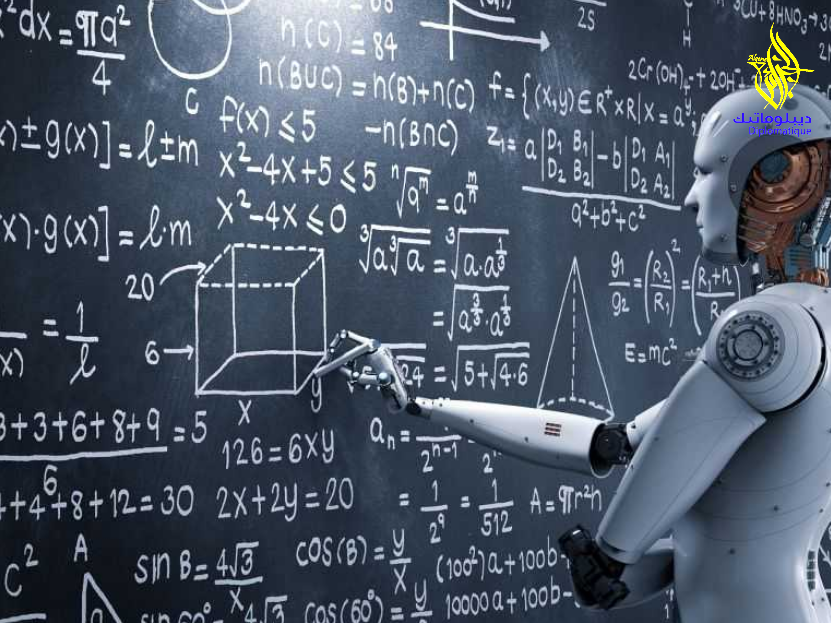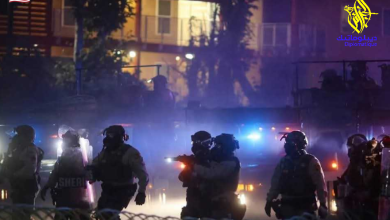The Future of Intelligence Wars in the Age of Artificial Intelligence

By: Djamel Benali
In a world where technology is advancing at an unprecedented pace, intelligence wars have become more complex and more concealed than ever before. With the rise of artificial intelligence (AI) as a central tool in data management and decision-making, global intelligence agencies have entered a new era—one in which power is redrawn through screens and algorithms rather than traditional armies and weaponry.
Artificial Intelligence: A Game Changer
AI is no longer just a tool for data analysis; it has become an active partner in intelligence decision-making. Algorithms today can analyze millions of documents, communications, and digital signals, detect patterns, and identify threats with speed and accuracy far beyond human capacity. In this context, intelligence agencies are transforming from traditional centers into digital platforms run by self-learning and adaptive software.
The Rise of the Digital Shadow and Virtual Agents
This evolution has created a new breed of intelligence operatives: invisible, non-human, working silently and collecting data without leaving a trace. AI-powered chatbots or fake social media accounts can now sow chaos, spread disinformation, or infiltrate adversary networks. We are witnessing a new generation of warfare—where the spy is no longer human, but a line of code
Data: The New Weapon of War
In the age of AI, data has become the new fuel of conflict. Thep more a state can acquire, store, and analyze data, the more capable it is of influencing the political, economic, and security decisions of its adversaries. Future wars may not erupt through missile strikes but through violations of privacy, cyberattacks, and manipulation of public opinion using generative A.I
The Threat of Deep Intrusion and Narrative Control
One of the most alarming dangers of AI-driven intelligence warfare is the use of “narrative attacks”—the ability to fabricate an entire media reality (images, videos, news) that is nearly indistinguishable from truth. Individuals can also be targeted through digital behavioral profiling, allowing adversaries to exploit, recruit, or discredit them with high precision
Conclusion:
In the AI era, intelligence wars are no longer fought in embassy corridors or capital streets—they are waged deep within the internet and hidden in lines of code. Victory in this new world does not belong to those with the largest arsenals, but to those with the smartest algorithms and most advanced control systems. This is a battle of intellect, not muscle; a clash between truth and manipulation; and perhaps, a new alliance between humans and machines.






